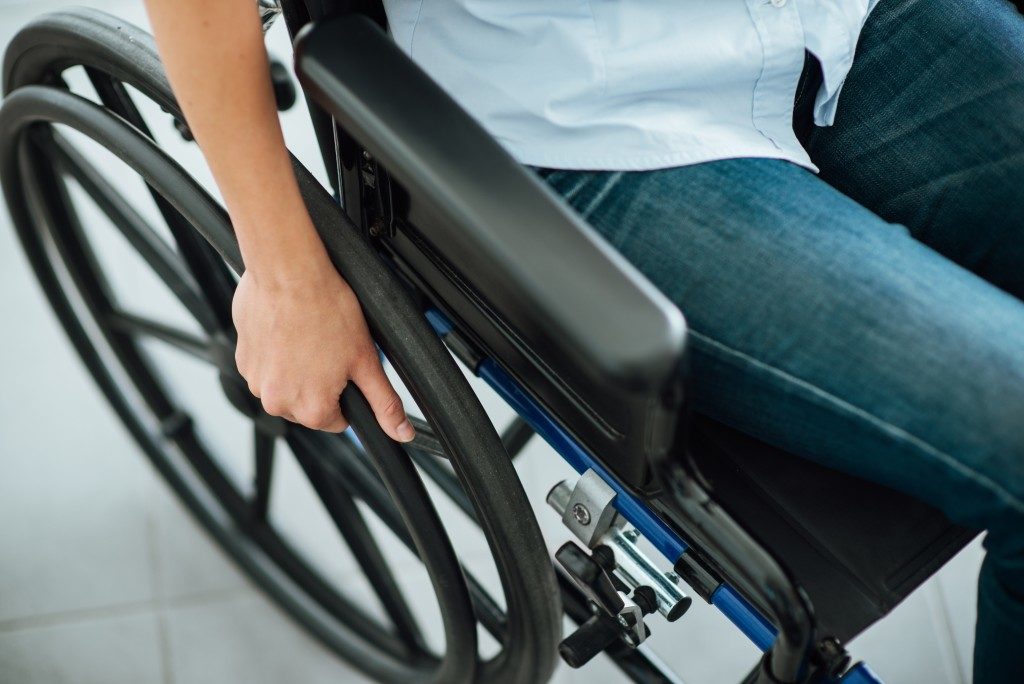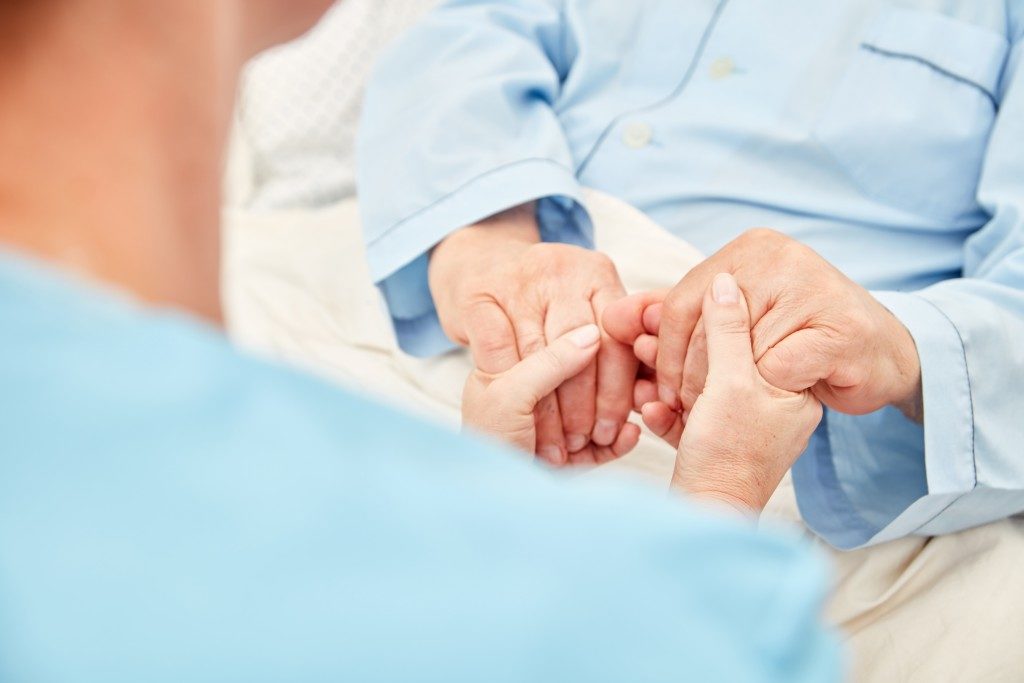A particular image comes to mind when people talk about anorexia: a girl so skinny that her arms look like sticks. What most people don’t know is that some people suffer from eating disorders but still look healthy or fit. Some might even be overweight. The truth is that anorexia doesn’t have a particular “look.” That’s why it can be easily missed even if it’s right before your eyes.
The Case of Atypical Anorexia Nervosa
The ugly truth about the way that people deal with anorexia is that there’s a lot of weight discrimination. Most sufferers don’t seek medical help because they “don’t look skinny enough to have an eating disorder.” Their loved ones don’t think much of it, either. They see skipping meals or being conscious about calorie intake as healthy dieting, which as you know, almost everybody is into. In some cases, family members even complement their slim figure, and to be honest, no one can blame them. People have embraced the idea that anorexia involves being stick-skinny, so if you’re just thin, then you’re okay.
If you look at the medical definition of anorexia, however, you will understand that weight loss is a consequence of three things: reduced food intake, the fear of becoming fat, and distorted body perception. So if your loved one has all these things, they might have an eating disorder even if they have a healthy weight. This is a case of atypical anorexia nervosa. It’s “atypical” because low body weight, which is common among ED sufferers, isn’t present. This typically happens when a person starts as overweight. Their drastic weight loss doesn’t result in being underweight, at least not yet. Over time, when the eating disorder remains unaddressed, the person will slip into being stick-thin. Before bad turns to worse, it’s essential to have your loved one explore anorexia treatment options.
Help for Sufferers

It’s hard to recognize anorexia when you’re not seeing an underweight person. Plus, there’s a very thin line between regular dieting and eating disorders. To get past this dilemma, though, you have to go beyond what you see and find out what your loved one thinks about their eating habits. More than being watchful of how they’re skipping meals or avoiding a particular dish, ask them questions like “Do you worry that you’re going to get fat?” and “What do you feel when you refuse to eat?” These questions can hopefully encourage communication between you and your loved one. However, don’t be judgmental of their answers. You should exercise grace and compassion as you respond. Remember that your goal in this exercise is to create a safe space for them to talk about their struggles. When you achieve that, it becomes easier later to encourage them to seek medical help.
Watch Out for Atypical Anorexia
In the end, “anorexic” doesn’t always mean “skinny.” You or your loved one don’t have to be thin or obese to be diagnosed with an eating disorder. When your body image becomes distorted, that alone merits medical attention.



